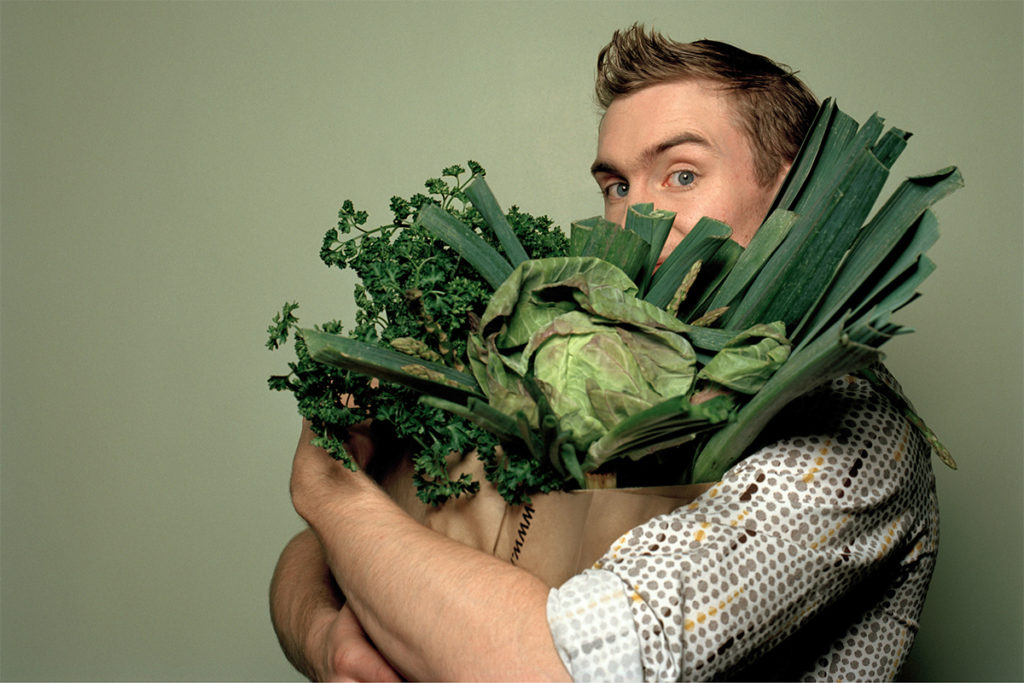Physical Activity in Youth Leads to More Veggies in Adulthood
A long-term study shows that positive habits age well.

There’s another good reason to help children maintain their physical activity. In a Finnish study, being more physically active in youth was linked to greater fruit and vegetable consumption during adulthood.
Over 30 years, researchers in Finland collected self-reported data on physical activity levels and fruit and vegetable intake among 3,536 males and females, starting when they were 9–18 years old and continuing until they were 33–48. Leisure-time physical activity was indexed according to frequency and intensity. Participants reported how often they ate vegetables and fruit over the prior month.
People who consistently engaged in leisure-time physical activity from childhood to adulthood were likely to consume more fruits and vegetables, more frequently, when compared with people who had low levels of activity or were inactive over the same period. Individuals who increased their activity levels from childhood to adulthood seemed to increase their consumption of fruits and vegetables. A caveat: Once they reached the teenage years, participants tended to decrease their consumption of fruits and vegetables, regardless of activity levels, before renewing their plant-based choices later.
The study authors commented in the International Journal of Environmental Research and Public Health that although the study was based on self-reported information, which can be inaccurate, there was a parallel relationship between physical activity and consumption of fruits and vegetables, and promoting one might also encourage the other.
Patricia Ryan, MS
Patricia Ryan, MS, develops educational content for leaders and professionals in the wellness, fitness and older-adult marketplaces. Ryan has conducted market research and authored numerous white papers, survey reports, industry analyses and research reviews along with producing educational webinars. She holds a master’s of science degree in instructional technology aimed at designing professional education. She was IDEA’s first editor in chief and developed the Gold Standard of content for which IDEA is still known.




